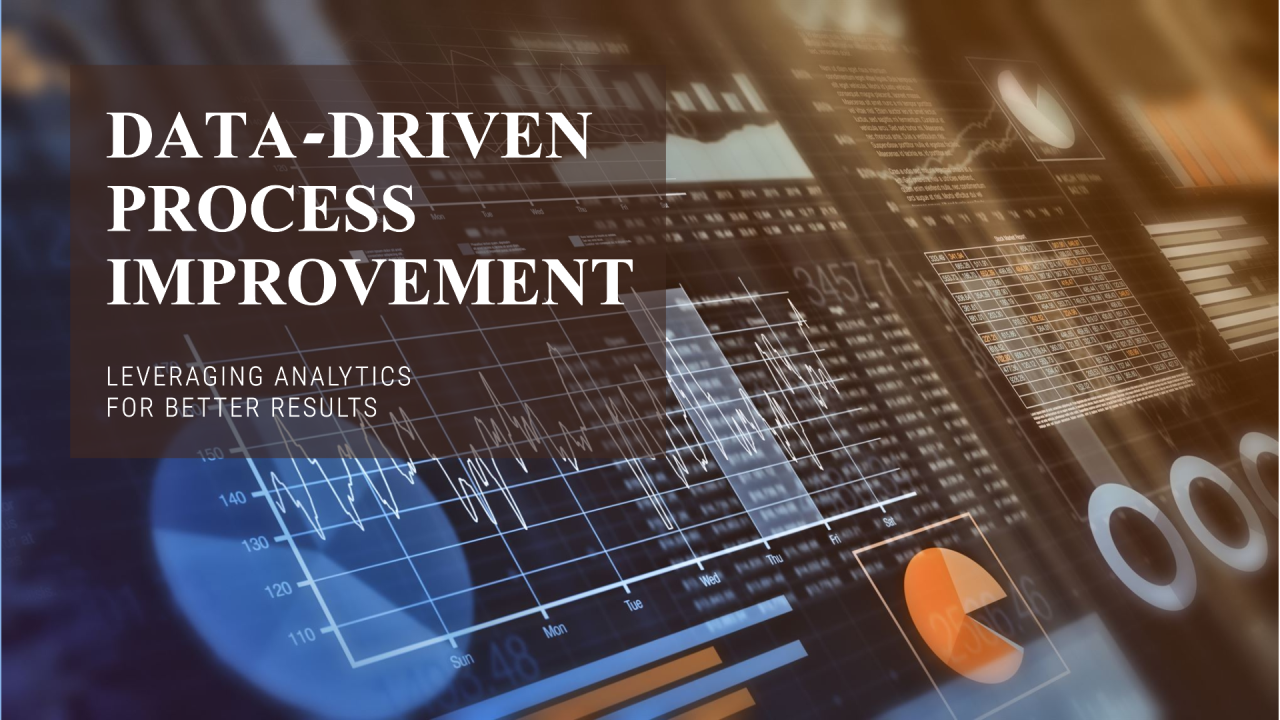AI automation tools help businesses complete tasks with reduced manual input. They rely on algorithms that process data, learn patterns, and adapt processes. Some examples include chatbots that address customer inquiries, software that flags suspicious transactions, and image recognition platforms. By adopting these tools, organizations save time, cut errors, and enhance productivity.
This article explores AI automation tools, highlights their advantages, points out potential drawbacks, and shares how real users rate them. You will also find a section with common questions, direct references, and simple guidelines on starting an AI-based project.
What Are AI Automation Tools?
AI automation tools use machine learning and related methods to carry out repetitive chores, interpret large amounts of information, and make preliminary decisions. They follow logic structures derived from training data or user-defined rules. These platforms speed up workflows by analyzing inputs without waiting for human intervention.
Core Features:
- Self-Learning: Models refine themselves based on feedback or new data points.
- Scalability: Systems handle an expanding flow of requests without bogging down.
- Precision: When configured properly, they reduce manual errors and highlight anomalies.
- Integration: Tools merge with existing software, bridging separate workflows.
By offloading routine tasks, these solutions help employees focus on creative ideas or service improvements.
Why Are AI Automation Tools Useful?
A growing organization often handles many requests, from client queries to order updates. AI automation tools process these instantly, taking away the drudgery of manual checks. They also ensure uniform responses, which builds trust among customers.
Key Advantages:
- Faster Task Completion: Tools can process repetitive tasks at all hours.
- Consistency: Scripts and models produce identical results, improving data quality.
- Cost Savings: Fewer staff hours spent on manual work can curb overhead.
- Adaptability: Advanced models learn from new examples, refining future steps.
By reducing human input, these platforms allow departments to align around strategic aims. Sales teams may spend less time on data entry, while technical staff concentrate on system improvements.
Primary Types of AI Automation Tools
AI automation tools address different areas. The choice depends on business size, data format, and target outcomes. Below are a few categories, along with potential pitfalls.
- Chatbots
- Example Uses: Customer support, appointment scheduling, basic information retrieval.
- Potential Drawback: More advanced queries can confuse bots that have limited training data.
- Process Mining Platforms
- Example Uses: Mapping a company’s workflow to spot bottlenecks.
- Potential Drawback: Complex processes might not fit a pre-built template, requiring custom adjustments.
- Robotic Process Automation (RPA) with AI
- Example Uses: Invoice approvals, form auto-fills, and data transfers between apps.
- Potential Drawback: Unexpected interface changes can break scripts.
- Predictive Analytics
- Example Uses: Demand forecasting, churn prediction, or fraud detection.
- Potential Drawback: Poor-quality data leads to flawed conclusions, raising the risk of missed targets.
- Image and Speech Recognition
- Example Uses: Security checks, product identification, and voice control.
- Potential Drawback: Models trained on narrow datasets might fail in diverse real-world scenarios.
Each tool focuses on a specific set of tasks. When combined, they create a more detailed approach to process management.
People Are Always Asking
“How do AI automation tools handle private data?”
Many solutions mask or encrypt personal details. Reputable providers often meet compliance requirements, and they give administrators control over who can view, edit, or download sensitive records.
“Will these platforms replace employees?”
They reduce manual work, but employees still play an essential role in creative tasks and complex problem-solving. Human oversight helps confirm that the automated steps remain accurate and fair.
“Is the setup expensive?”
Costs vary. Some providers charge monthly fees, while open-source libraries let firms build solutions with minimal license costs. Hardware expenses may rise if you need extra processing power, especially for larger data sets.
How to Implement AI Automation Tools
A solid method ensures success. Companies that jump too fast into AI automation may overlook key elements, such as staff readiness or data quality.
Step-by-Step Approach:
- Assess Needs: Identify tasks that cause delays or consume too many hours.
- Set Targets: Aim for clear objectives, such as reducing operational time by 30%.
- Choose the Right Tool: Compare tool features, user reviews, and service costs.
- Pilot Program: Start small. Test the tool on a limited part of the process.
- Measure Outcomes: Check error reduction, speed gains, and user satisfaction.
- Scale Up: Roll out the solution to more workflows, adjusting settings as needed.
This sequence helps companies gain insight gradually, refining each step before expanding usage.
Real Reviews from Users
Finance Startup
“We selected a chatbot to handle incoming service tickets. It answers general policy questions, so our team can focus on big tasks. We did have to retrain it for unusual requests, but it was worth the effort.”
Healthcare Provider
“We implemented process mining software for staff allocation. The model spotted inefficiencies in scheduling, and we reworked the entire shift pattern. Our staff is happier, but we spent extra time refining the automation to meet privacy standards.”
Manufacturing Firm
“Our predictive analytics tool helps with inventory levels. We see patterns in product demand and avoid big stockpiles. While the system struggles with sudden market shifts, it still cuts waste dramatically.”
These experiences show how AI automation tools make real differences. They also reveal that each rollout might need extra tailoring to fit an industry’s structure and rules.
Potential Drawbacks
While AI automation tools bring clear advantages, companies should watch for these issues:
- Data Reliance: Poor data leads to weak models, causing mistakes or skewed insights.
- Upfront Costs: Extra staff training or hardware upgrades can raise costs in the short term.
- Maintenance: Tools need periodic updates or retraining. If neglected, performance dips.
- Cultural Resistance: Employees might worry that automation will replace them. Clear communication is vital.
- Vendor Lock-In: Certain solutions depend on proprietary features. Switching providers might require major changes.
A realistic plan addresses these hazards from the start. Company leaders should evaluate resource limits, compliance needs, and staff readiness.
References
- ISO/IEC 27001 – Outlines best practices for data protection and risk management.
- Association for Computing Machinery (ACM) – Publishes studies on machine learning applications.
- Major Tool Documentation – Providers such as UiPath, Automation Anywhere, and IBM share guides on setting up AI-based automation.
- Academic Journals – Offer peer-reviewed articles on the impacts and ethical concerns linked to AI systems.
These references give readers the option to explore advanced details about data security and automation frameworks.
Frequently Asked Questions (F&Q)
- Can a small firm adopt AI automation tools effectively?
- Yes, many providers have scaled-down versions with fewer features, making them easier to adopt.
- Do we need a data scientist on staff?
- For complex tasks, a specialist can assist with model optimization. Smaller implementations may work with vendor support.
- How do we measure return on investment (ROI)?
- Track metrics like task completion time, error rates, and user satisfaction. Compare them before and after adoption.
- Are open-source tools as good as paid services?
- Open-source solutions can be robust, but they may require more technical knowledge for setup and maintenance.
- How secure is AI-driven automation?
- Many systems feature encrypted data flows. Still, businesses should follow strict policies on user access, data backups, and audits.
Final Thoughts
AI automation tools assist companies by offloading routine chores to algorithms. These solutions can scan documents, chat with customers, and analyze patterns in near real-time. When implemented correctly, they reduce human labor costs, boost output, and uncover insights that might otherwise go unnoticed.
Nonetheless, firms must remain attentive to data preparation, staff training, and model upkeep. Working through a pilot program, clarifying objectives, and addressing potential pitfalls upfront typically results in smooth integration. Reviews from users attest to the outcomes: heightened accuracy, clearer workflows, and more time for strategic endeavors.









